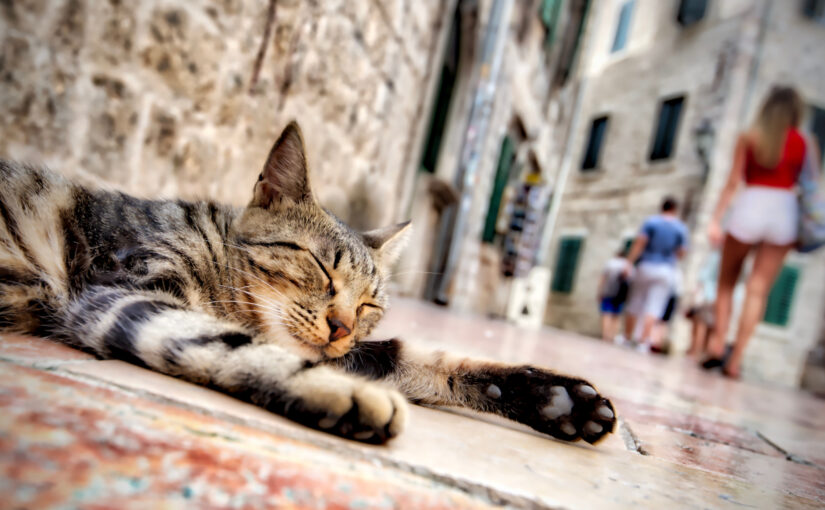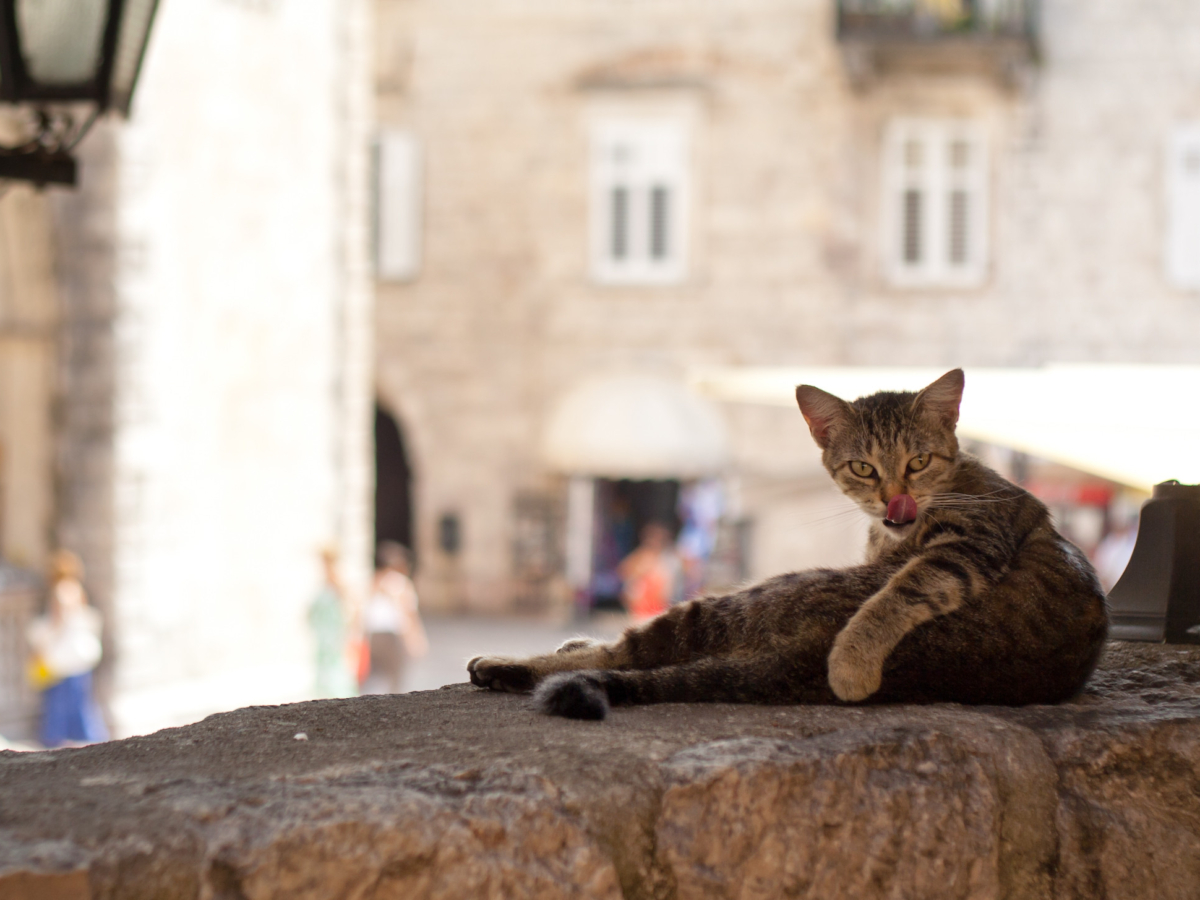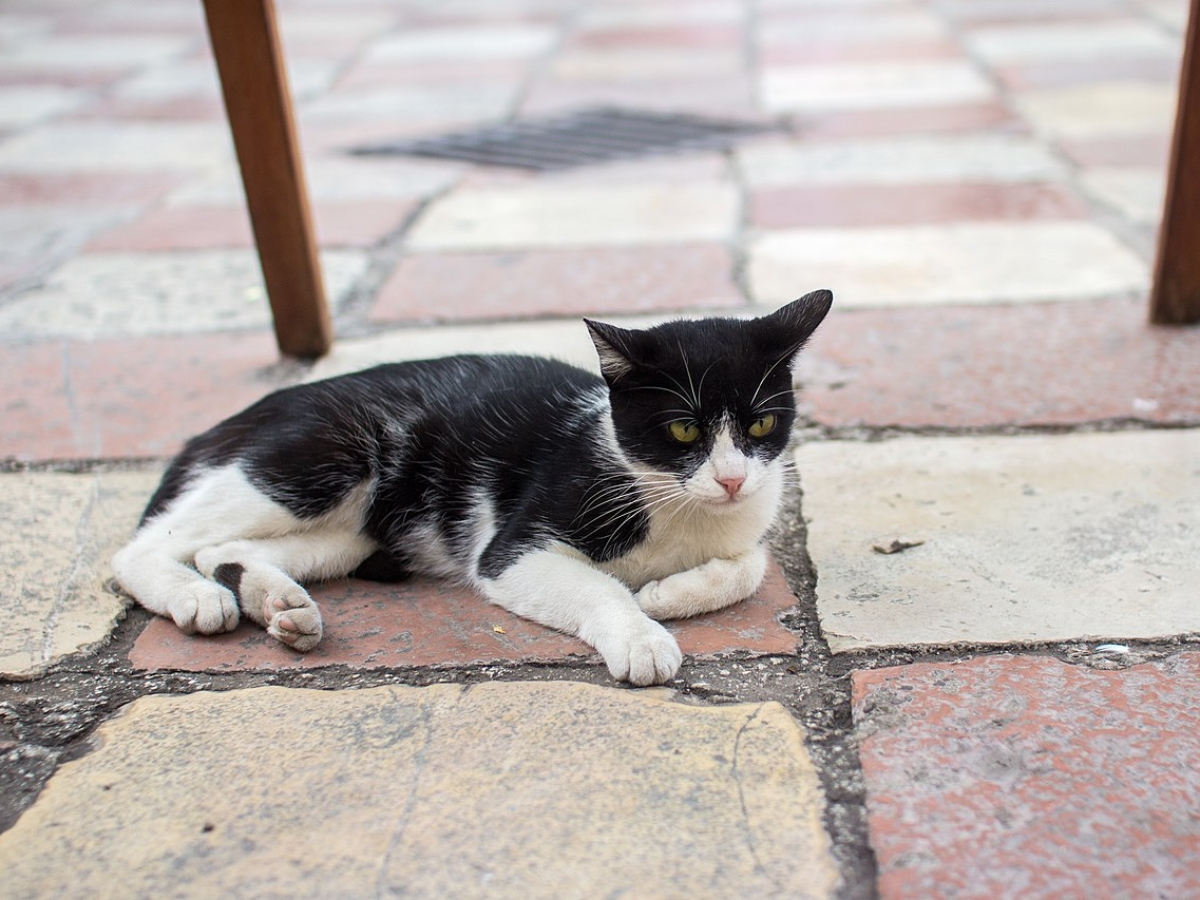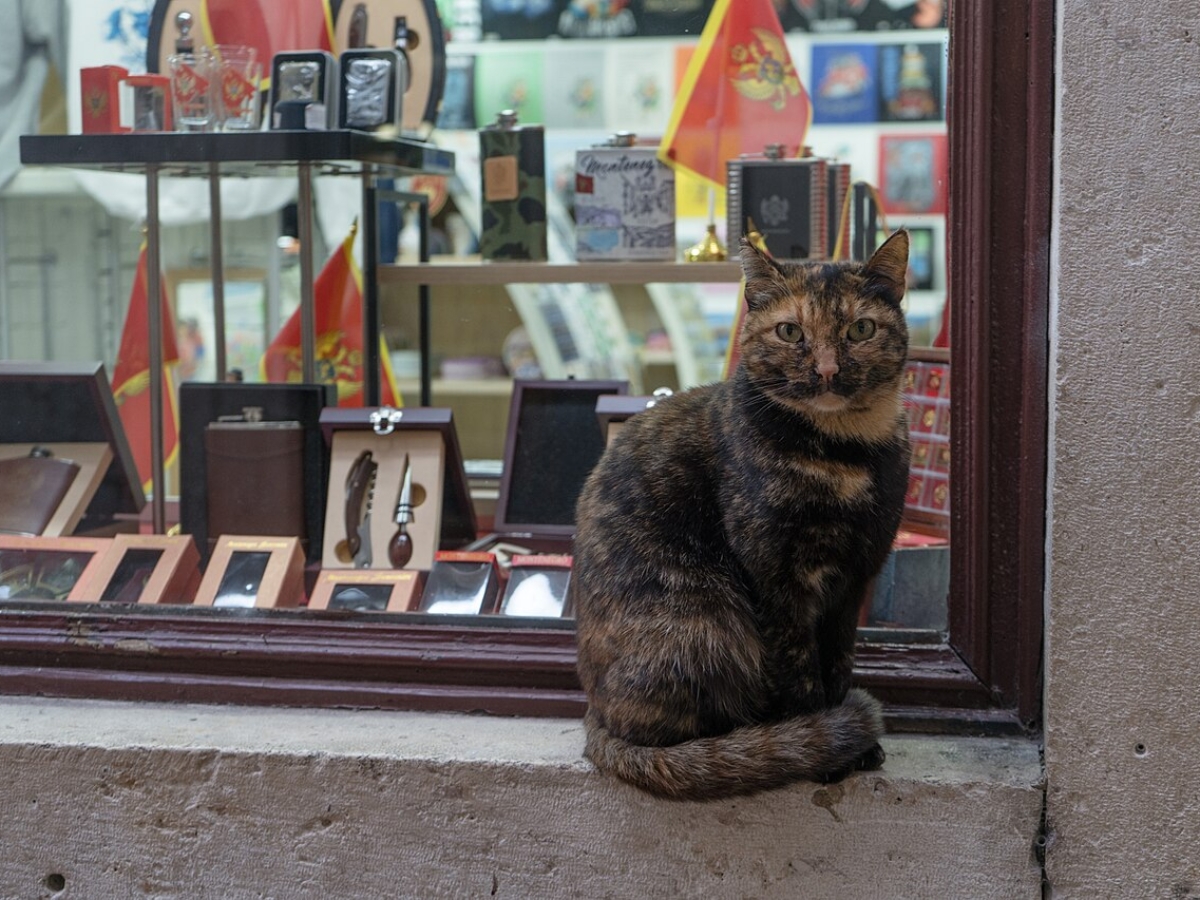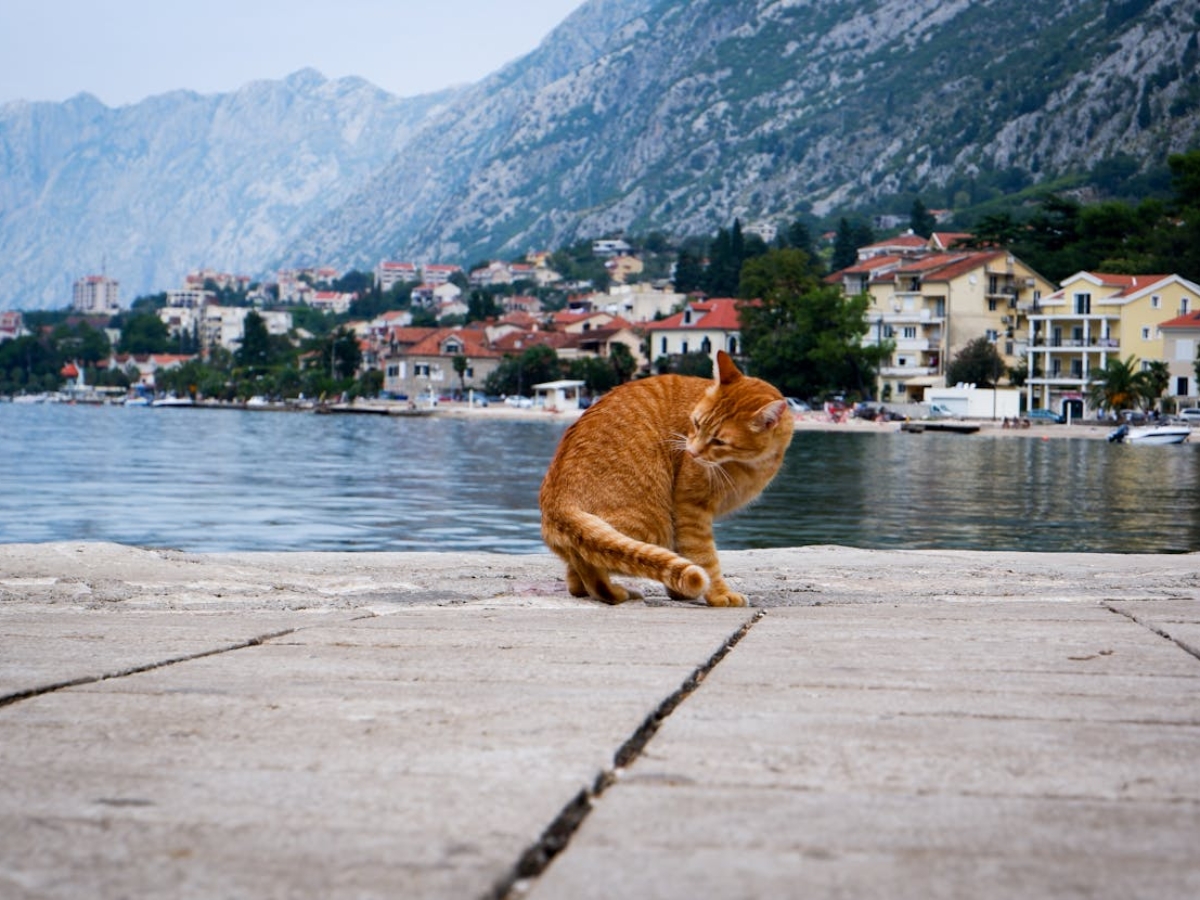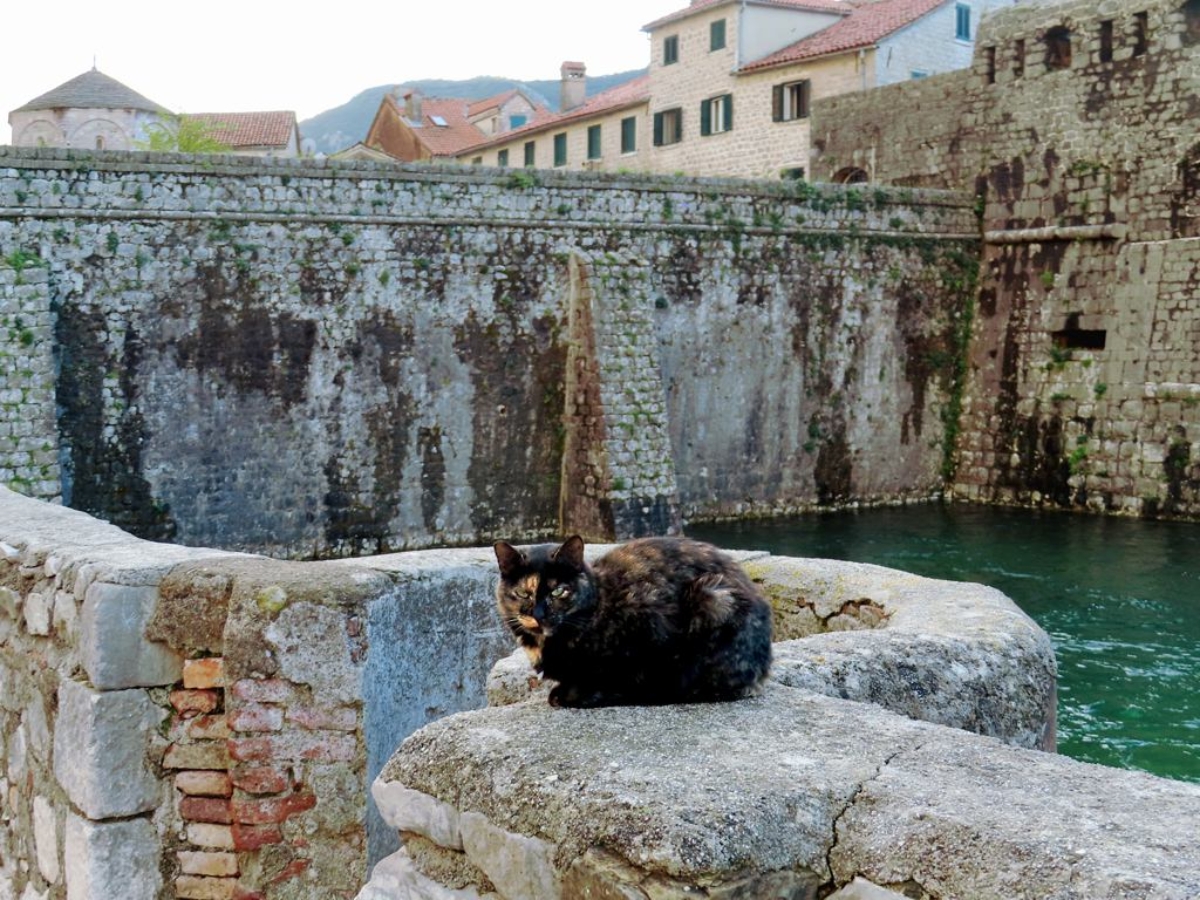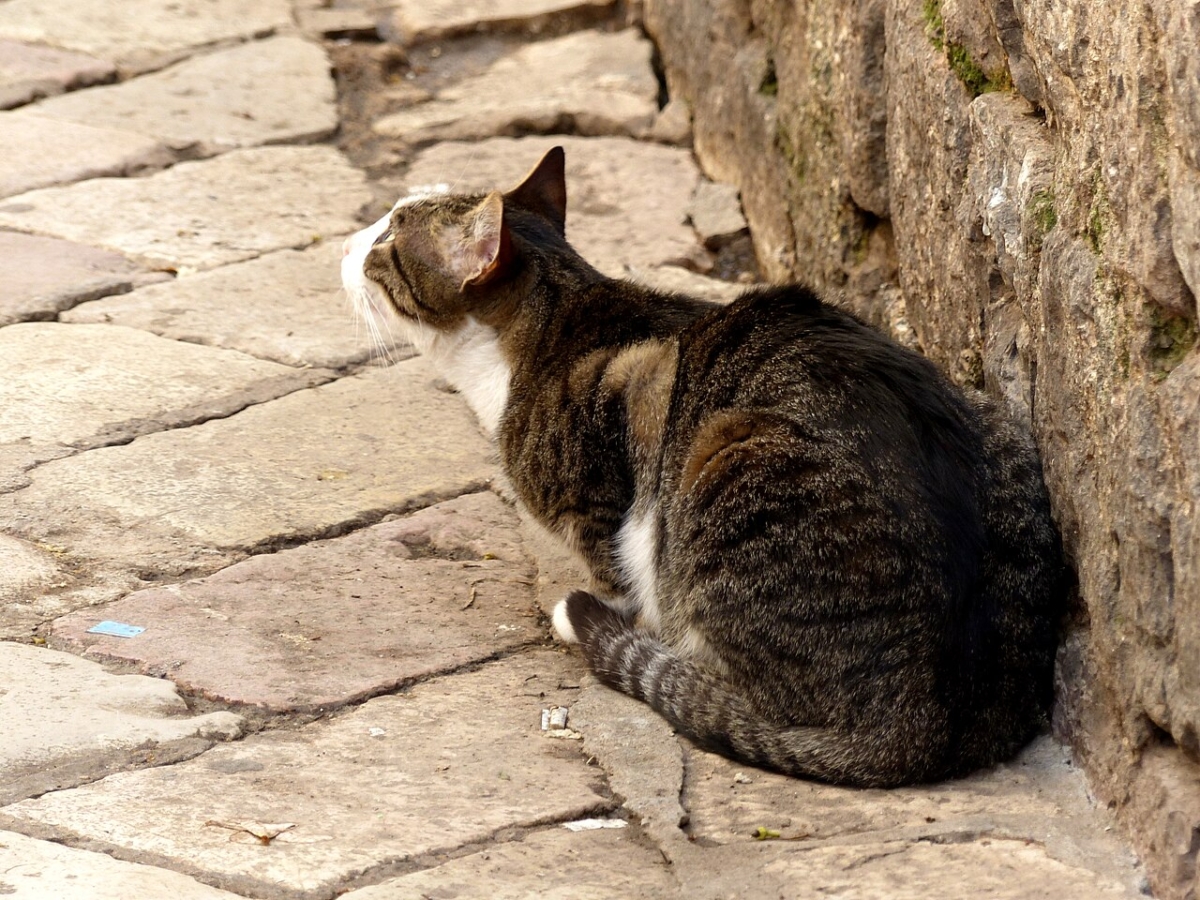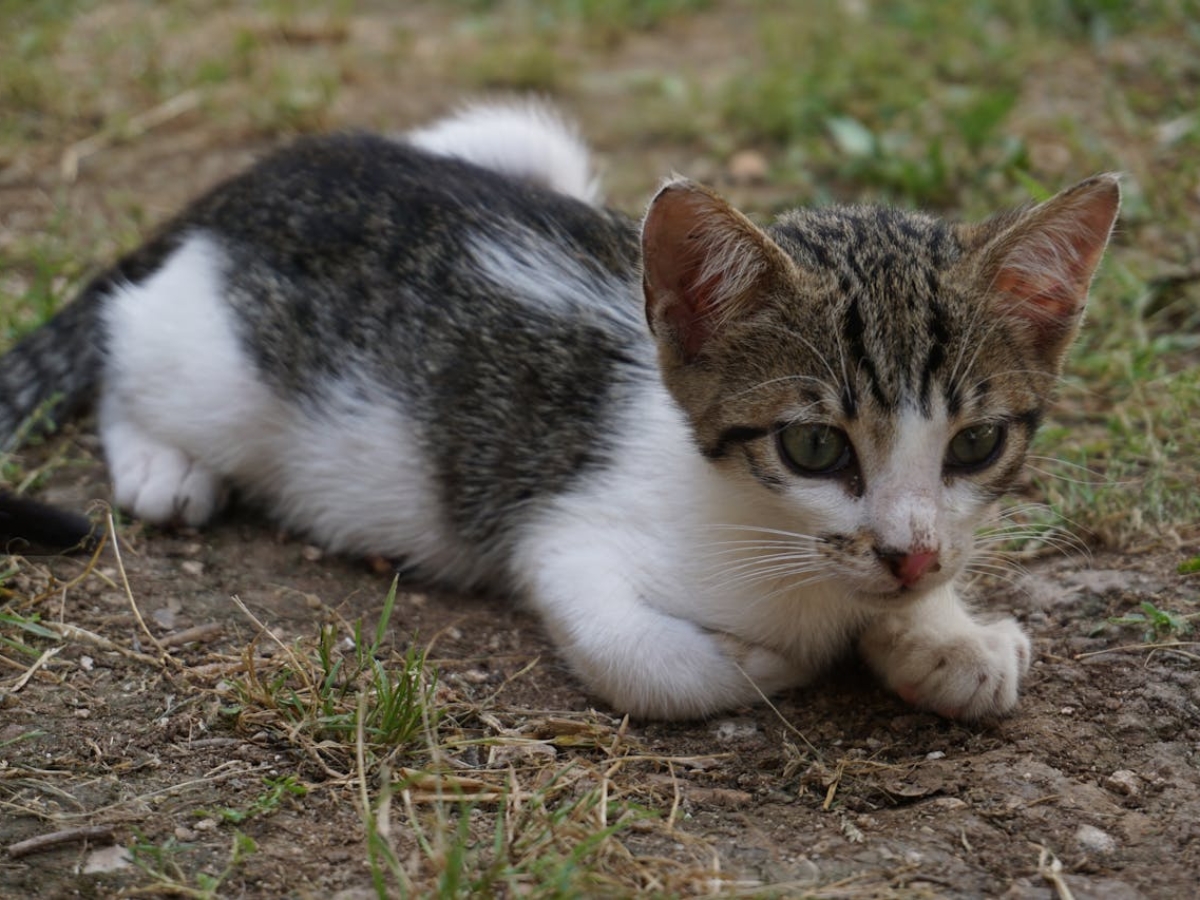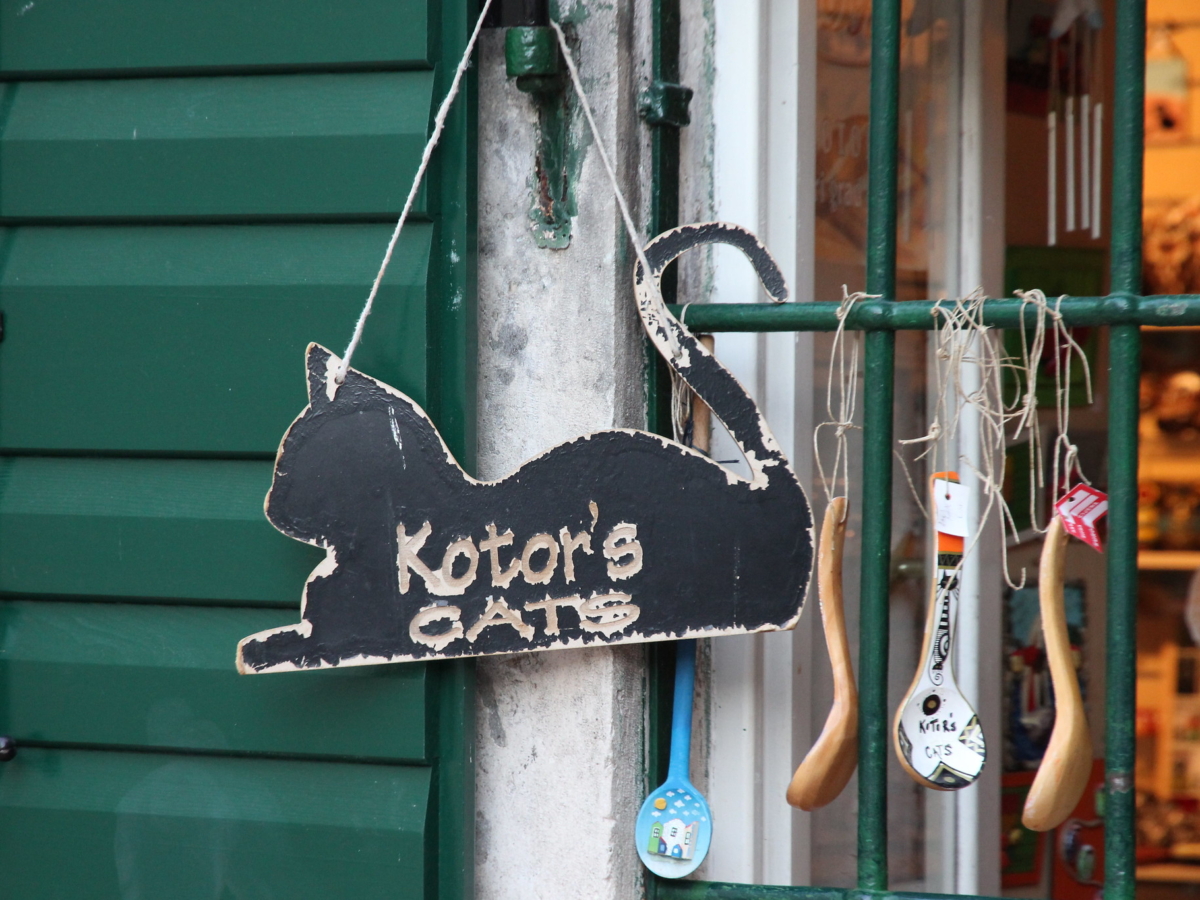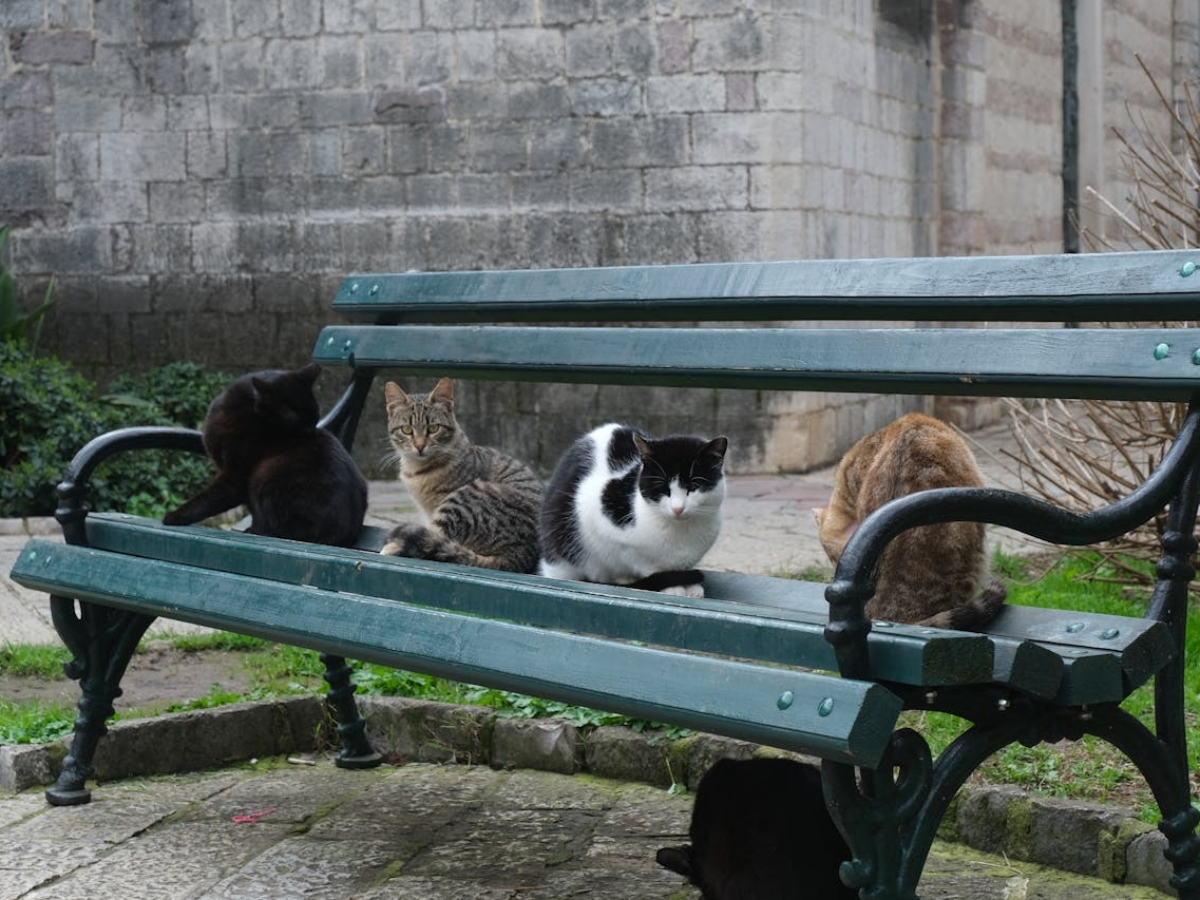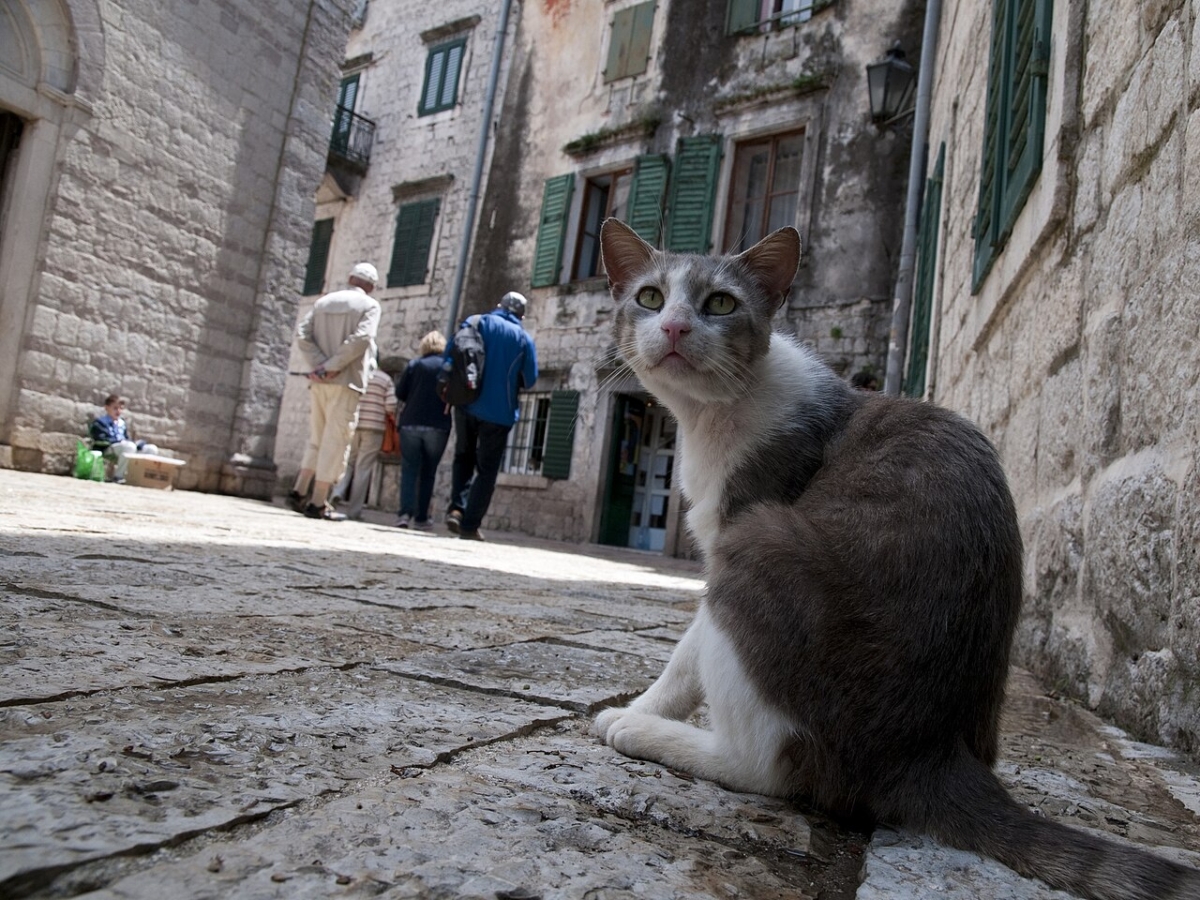Nestled between dramatic mountains and the sparkling waters of the Adriatic, the medieval town of Kotor, Montenegro, is a place that seems plucked from a storybook. Its steep stone walls rise above emerald-green seas, guarding a maze of narrow alleys, sunlit squares, and charming red-roofed houses. History lingers in every archway and cobblestone, yet what surprises many visitors is not only the city’s UNESCO-protected beauty, but also its most charismatic residents: the cats of Kotor.
These friendly felines are everywhere, from snoozing on centuries-old stairways to stretching lazily in doorways of bakeries and curio shops. For locals and travelers alike, the cats are as much a symbol of Kotor as its fortifications or Gothic churches. More than just strays, they are beloved cohabitants, lovingly cared for by the community and admired by those passing through. In Kotor, cats are not an afterthought—they are the heart of the town’s personality.
Cats of Kotor: Furry Citizens of the Old Town
The first thing many notice upon entering Kotor’s Old Town is the sheer number of cats strolling about as if they own the place. And in a way, they do. From the shaded courtyards near St. Tryphon’s Cathedral to the sun-warmed walls of medieval fortresses, cats claim every corner as a place to lounge. They move leisurely through the streets, unfazed by footsteps or camera lenses, content in their celebrity status.
The harmony between humans and cats here is striking. Locals routinely leave out water bowls in quiet corners, and small dishes of kibble appear tucked beneath doorways. It is common to see an elderly woman stooping to pour milk from a thermos for a familiar feline, or a vendor sweeping aside crumbs from their counter for a cat lingering nearby. This everyday kindness has created cats that are remarkably comfortable with people. They are affectionate without being demanding, often circling curious visitors with the confidence of hosts welcoming new guests to their historic town.
Visitors soon learn that it is best to walk the streets with one eye on the ground, as cats often sprawl luxuriously across the cobblestones, basking in dappled sunlight. Sit too long in a café, and one may find a purring companion settles on your lap, appointed by the city itself as your temporary guide.
The Famous Cat Park
Among Kotor’s feline landmarks is its delightful cat park, tucked away just outside the Old Town walls. Describing it as a park feels almost quaint, as the real draw here is not the greenery, but the cats themselves. It is a semi-enclosed garden space where dozens of cats nap in clusters, chase one another around the benches, or pose expectantly in front of visitors with the hope of a snack or a scratch behind the ears.
The atmosphere is playful and relaxed. Children laugh as kittens tumble over one another, while older cats lounge on the stone steps, observing with dignified detachment. For many travelers, the cat park is an unforgettable highlight, a living gallery of Montenegro’s most charming ambassadors. Those who love animals often linger longer than planned, enchanted by the rhythm of purrs and the flash of tails weaving between legs.
What makes the park even more special is its purpose. Locals and volunteers use it as a place to care for and monitor the city’s feline friends, ensuring they have food, shelter, and companionship. The result feels less like a sanctuary and more like a communal living room shared by humans and cats alike. It is free to visit and open to anyone who wishes to be part of Kotor’s unique tradition of kindness.
Cats in History and Culture
The cats of Kotor did not appear without reason. Their story is deeply entwined with the city’s history as a bustling Mediterranean port. Centuries ago, sailors relied on cats aboard ships to keep rodents away from cargo and provisions. Cats were not just tolerated, they were essential allies. When ships docked in places like Kotor, many of these feline crewmates stayed behind, establishing colonies in harbors and villages.
Over time, the cats became woven into the fabric of everyday life. In a city where food supplies once depended on pest-free ships and homes, cats commanded real respect. Unlike other towns that allowed their strays to fade into obscurity, Kotor chose to celebrate them. The affection persists today, even finding artistic form in souvenirs and handicrafts, from cat-themed postcards to figurines that line the tourist shops.
The legacy of maritime cats resonates in Kotor’s present-day adoration. It explains why the town has not only tolerated its stray population, but transformed it into a beloved cultural identity that draws curious travelers from across the world.
Experiencing Kotor’s Cats as a Visitor
For travelers eager to meet Kotor’s furry residents, wandering the Old Town is the best first step. Nearly every alleyway holds a surprise, whether it is a ginger cat stretched on a sunlit wall or a tuxedo-patterned feline perched near a café table with unmistakable expectation. The cat park can be found near the south gate of the city walls, a short and easy walk from the historic center.
When interacting with the cats, it is important to be respectful. Many are used to people, but not all enjoy being picked up. A gentle scratch under the chin or simply sitting nearby is usually enough to spark connection. Bringing small packets of dry food can quickly earn gratitude from both cats and locals, who appreciate visitors contributing to their wellbeing.
Yet Kotor has more than cats to offer. Once travelers have soaked up their feline encounters, they can explore the Old Town’s winding streets, climb the steep fortress walls for a stunning view over the Bay of Kotor, or take a boat excursion out onto the crystalline waters. For hikers, the trails that snake into the mountains promise unforgettable vistas. For history lovers, the Venetian and medieval influences scattered throughout the architecture create a living museum. Still, no matter which path you take, cats remain an inseparable part of the experience, appearing again and again as if guiding your journey.
Why Cat Lovers Fall in Love with Kotor
For cat lovers, Kotor feels nothing short of magical. There is comfort in seeing a city that embraces its strays rather than overlooking them. The cats embody the warmth of Montenegrin hospitality, reminding visitors that kindness can be woven into the simplest moments—a bowl of water placed in the heat of summer, a gentle touch beneath a shaded archway, a community built on quiet respect for all creatures.
Travelers often remark on the emotional effect of their encounters here. One visitor described sitting on the fortress steps with a cat curled in her lap as “the moment Kotor became unforgettable.” Scenes like this are not staged attractions, but everyday realities in a town where cats, people, and history coexist seamlessly.
For anyone who loves both travel and animals, Kotor is an unmissable destination, a living testament to how cities can celebrate and protect the charm of their animal residents. Wandering through its winding alleys, with paws pattering beside your footsteps, is truly a one-of-a-kind experience.
A Call for Cat-Loving Travelers
Kotor is more than just a place to admire medieval walls and breathtaking coastal scenery. It is a city where history and hospitality come alive in the form of a thousand whiskers and purring companions. The cats are caretakers of its warmth, greeters at every corner, and playful reminders that joy often lies in the little things.
If you are looking for a destination that will melt your heart while captivating your curiosity, let the cats of Kotor lead you through Montenegro’s most enchanting town. And if you know someone who cannot resist a good feline story, tag a cat-loving friend who needs to visit Kotor. This is one journey where the most memorable souvenirs are not bought, but curled up beside you, purring softly against the backdrop of one of the Adriatic’s most beautiful treasures.
Header image: Sleepy Cat in Kotor, Jeff Nyveen.
Slideshow: Alexey Komarov, Alexandra Zakharova, Wolfgang Sauber, David Stanley, Cathy B., FAUSTMEPHISTOPHELES, Pierre Metivier, Alexkom000, Muhammed Fatih Beki, Sebastien Devocelle.
If you find joy in these tales of twitching whiskers and gleaming eyes, consider helping keep Whiskerito.com alive and purring. Your donation supports thoughtful research, engaging content, and the warm, wonder-filled community that makes this space what it is.
